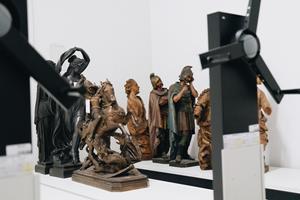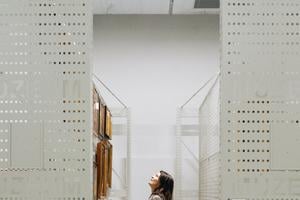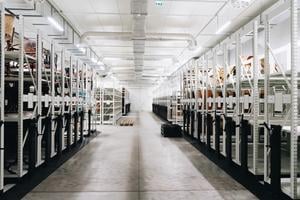Where do museum treasures go when they are not on display? Behind the scenes, in collection storage facilities – places most visitors never see, where precious artworks and historical objects are carefully packed away for safekeeping. Unlike spacious gallery halls, these storerooms are all about efficiency. Instead of breathing room, items are stored side by side on rows of white metal racks and compact shelving, designed to protect everything from fragile porcelain to massive pieces of historic furniture.
Right now, two of Bratislava’s key cultural institutions – the Bratislava City Gallery (GMB) and the Bratislava City Museum (MMB) – are undertaking a major operation: moving thousands of objects into a brand-new, shared storage facility.
Housed in a former industrial building, the new space has been transformed into a high-tech stronghold, complete with climate control systems that monitor every detail of the internal environment. It is a long-awaited upgrade for both institutions, which have spent more than three decades grappling with substandard storage conditions.
“Thanks to this facility, we can finally provide stable conditions to preserve artworks and historical objects, helping extend the life of our collections for future generations,” said Katarína Selecká, spokesperson for MMB, in a press release.
And these conditions are no small feat. The space is equipped with sandwich panel insulation filled with mineral wool and a system that tracks temperature (16°C-22°C), humidity (around 50 percent), and even the levels of CO2 and volatile organic compounds (VOCs) that can slowly degrade delicate materials.
“Lighting is also carefully controlled at 150 lux, using LEDs with minimal UV output to prevent damage,” Selecká added.
Security is just as tight as the climate controls. The collections are protected by electronic fire alarms, round-the-clock surveillance, 24-hour guards, and an electromagnetic system that monitors every person coming and going.
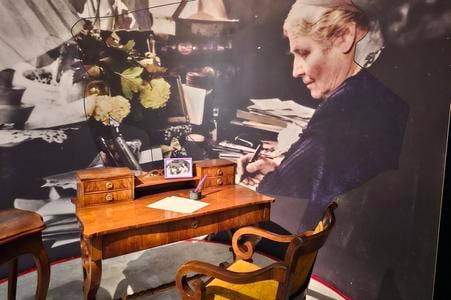
Altogether, the facility covers 4,320 square metres, divided between the two institutions – 1,994 m2 for GMB and 2,232 m2 for MMB. The move is well underway: GMB has already transferred over 4,000 objects, while MMB has relocated about 1,000 so far.
While GMB’s collection is mainly focused on paintings, MMB – Slovakia’s oldest museum, established back in 1868 – faces the logistical challenge of moving large, fragile pieces of historical furniture. And with every single item checked, documented, and, if needed, restored by conservation experts during the move, the process is anything but quick.
“What makes this project truly exceptional is its complexity,” said Katarína Trnovská, director of GMB. “It’s not just about relocating collections. It’s about restoring objects, digitising records, and upgrading our entire approach to caring for the city’s cultural heritage.”

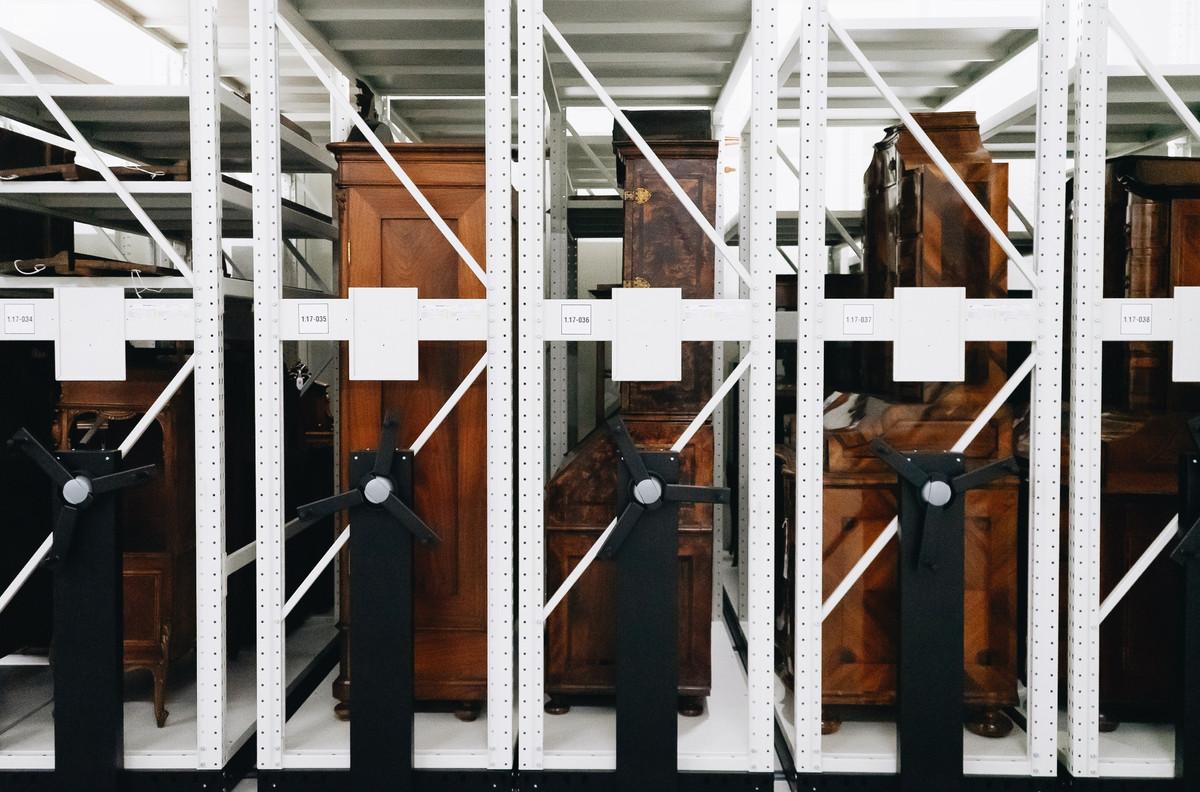

 Historical furniture from the collections of the Bratislava City Museum stored in the new storage facility. (source: MMB/Dominika Bolgáčová)
Historical furniture from the collections of the Bratislava City Museum stored in the new storage facility. (source: MMB/Dominika Bolgáčová)
